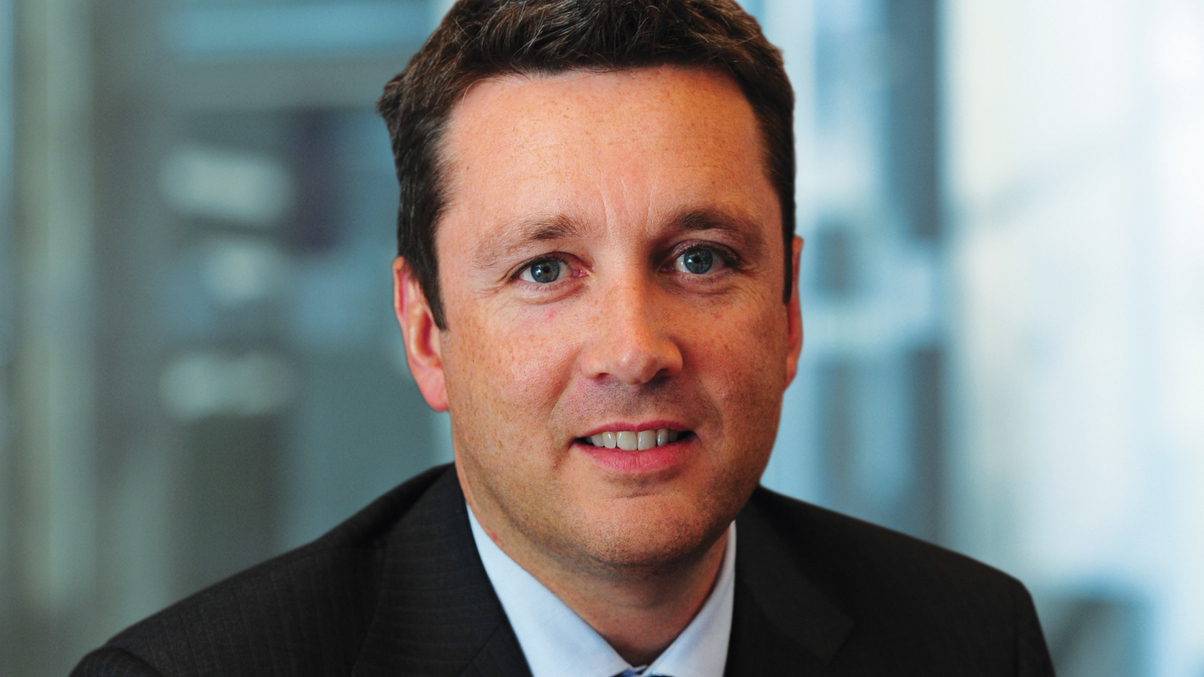Asian insurers turning to alternative credit
Insurers are having to take more risk despite forthcoming tighter rules around the assets they can hold. Regulatory inflexibility is not helping product innovation, says BlackRock's David Lomas.

A perfect storm of monetary easing in Asia and Europe, expected US interest rate rises, lower bond yields and stricter solvency rules is playing havoc with insurance companies’ investment portfolios.
Sign in to read on!
Registered users get 2 free articles in 30 days.
Subscribers have full unlimited access to AsianInvestor
Not signed up? New users get 2 free articles per month, plus a 7-day unlimited free trial.
¬ Haymarket Media Limited. All rights reserved.


